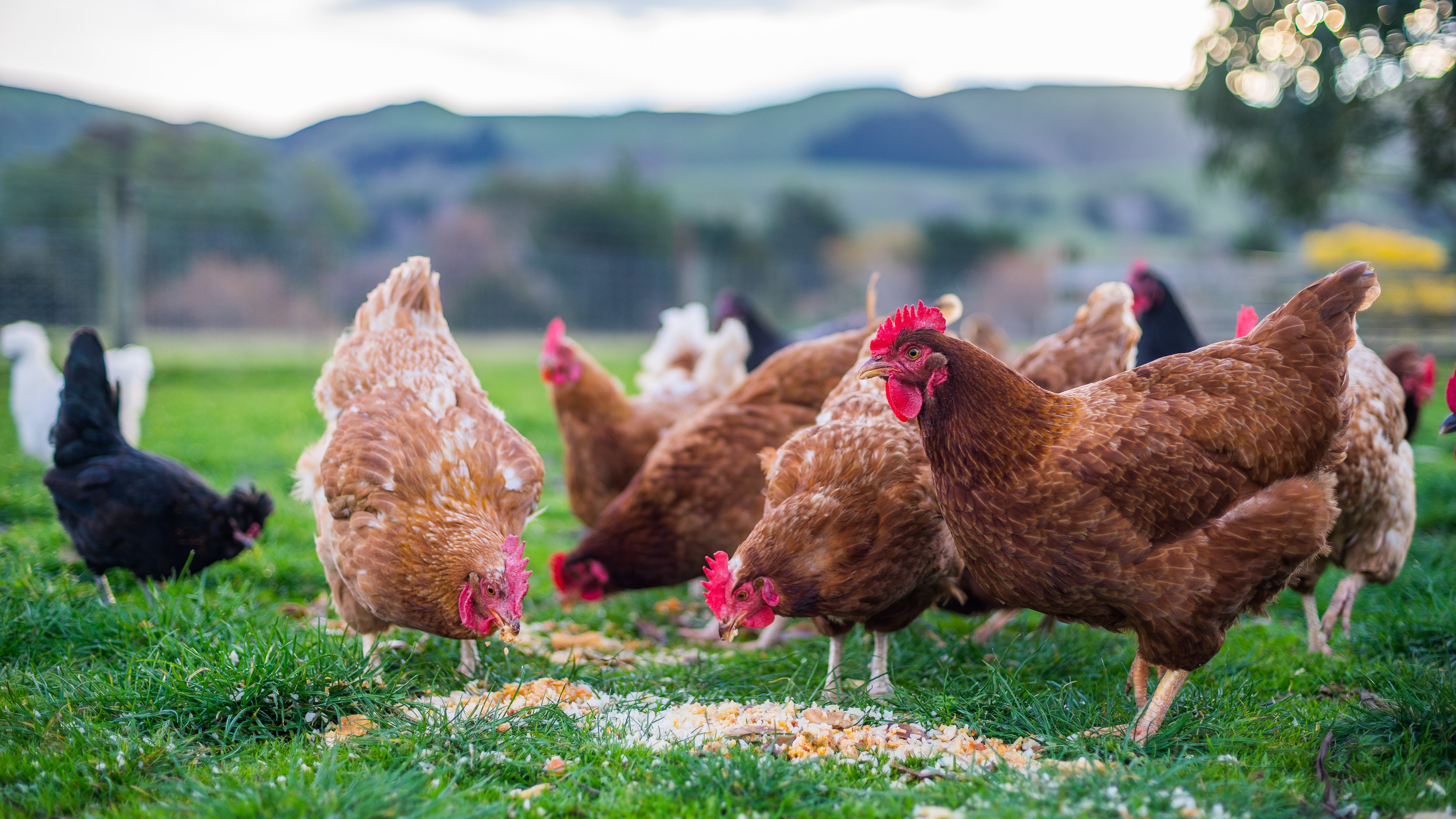AMR Policy
Antimicrobial Resistance (AMR) has been a high priority on the international global agenda for many years. The World Health Organisation published a global action plan in 2015. In 2016, the EU developed its second action plan very much building on the ‘One Health’ concept. The ‘One Health’ concept promotes a ‘whole of society’ approach which recognises that the health of people is connected to the health of animals and the environment. The goal of the ‘One Health’ concept is to encourage multidisciplinary collaborative efforts across different sectors such as health, agriculture and the environment to achieve the best health outcomes for people and animals.
In Ireland, there has been collaboration between the Department of Health and the Department of Agriculture, Food and the Marine since 2013, leading to the establishment of the National Interdepartmental AMR Consultative Committee in 2014. The Department held their first national conference to raise awareness around AMR in 2014, launched their webpage in 2015 and held a second national conference focusing on the pig and poultry sector in 2016. Ireland’s first national action plan on AMR, iNAP was published in 2017. iNap was the result of a collaborative effort between the Department of Health and the Department. It is a three year action plan that establishes a framework for multi-sectoral collaboration and requires that specific actions are taken both across and within the three One Health sectors.
The Department of Agriculture, Food and the Marine has been carrying out surveillance since 2008 in relation to levels of resistant bacteria in the animal population. This surveillance is submitted annually to the European Commission and the results are published in an annual report along with the findings from other member states. The level of resistance being detected in zoonotic bacteria (bacteria that can spread between animals and humans) in pigs and poultry in Ireland varies depending on the bacteria under surveillance. Generally the resistance levels in healthy animals sampled are staying the same or declining slightly, the surveillance of fresh meat at retail level has not shown up any significant levels of resistance.
In relation to critically important antimicrobials (CIA’s) the European Medicine Agency (EMA) Antimicrobial Expert Group (AMEG) has classified CIAs based on the degree of risk to humans due to antimicrobial resistance development following use in animals. Their work has resulted in the further categorisation of CIAs as shown below:
-
Category 1: Low or limited risk to public health: Includes macrolides. These antimicrobials should be used with current responsible use practices to keep their risk low.
-
Category 2: Higher risk to public health: Includes antimicrobials for which the risk to public health from veterinary use is only acceptable provided that specific restrictions are placed on their use. This category includes fluoroquinolones, 3rd and 4th generation cephalosporins and colistin. These antimicrobials should only be used when there are no alternative antimicrobials authorised for the respective target species and indication.






